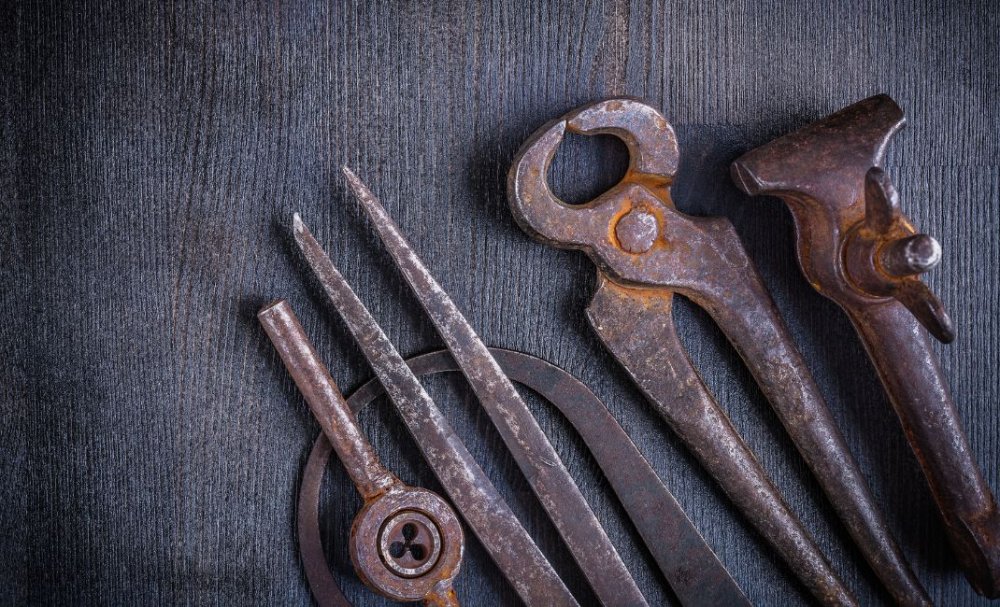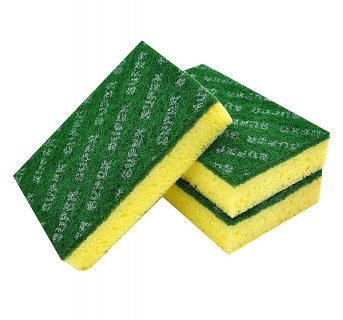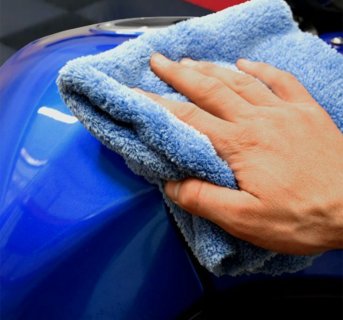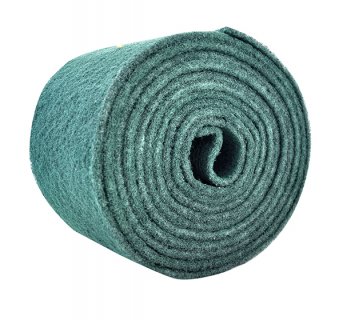Rust is the bane of every tool owner's existence. It not only affects the appearance of your tools but also compromises their functionality over time. However, fret not, as there are several tried-and-tested methods to tackle this stubborn enemy. In this article, we will explore 4 effective ways to remove rust from your tools, enabling you to restore their performance and extend their lifespan.
1. Vinegar Soak:
Vinegar is a versatile household item that can work wonders in rust removal. To use this method, follow these steps:
- Fill a container large enough to submerge your rusted tools with white vinegar.
- Place the tools in the vinegar, ensuring they are fully immersed.
- Let them soak for 24 hours or longer for heavily rusted items.
- Remove the tools from the vinegar and scrub away the loosened rust using a brush or steel scourers.
- Rinse the tools with water, dry them thoroughly, and apply a rust inhibitor or protective coating.
2. Baking Soda Paste:
Baking soda is another common household ingredient that can help eliminate rust effectively. Here's how to proceed:
- In a bowl, mix baking soda with water to create a thick paste.
- Apply the paste onto the rusted areas of your tools.
- Let it sit for an hour or more to allow the baking soda to work on the rust.
- Use a brush or steel wool to scrub away the rust, adding more paste if necessary.
- Rinse the tools with water, dry them completely, and apply a rust preventive coating.
3. Commercial Rust Removers:
Numerous commercial rust removers are available in the market, offering convenience and effectiveness. Always follow the instructions provided by the product manufacturer, but generally, the process involves:
- Apply the rust remover to the rusted areas of your tools.
- Allow it to sit for the recommended duration, usually around 15-30 minutes.
- Use a brush or steel wool to scrub away the dissolved rust.
- Rinse the tools with water, dry them thoroughly, and apply a rust inhibitor or protective coating.
4. Power Tools and Abrasives:
For more stubborn rust or larger tools, power tools and abrasives can be highly effective. Here's how to use this method:
- Equip yourself with safety goggles, gloves, and a dust mask.
- Use a wire brush attachment on a power drill or an angle grinder to remove rust from the tools' surface.
- Ensure you cover all rusted areas, using caution not to damage the tool itself.
- Once the rust is removed, wipe away the debris with a cloth, rinse the tools, and dry them completely.
- Apply a rust inhibitor or protective coating to prevent future rust formation.
Conclusion:
Rust is no longer an insurmountable obstacle when it comes to preserving the quality of your tools. By utilizing any of these five effective methods—vinegar soak, baking





